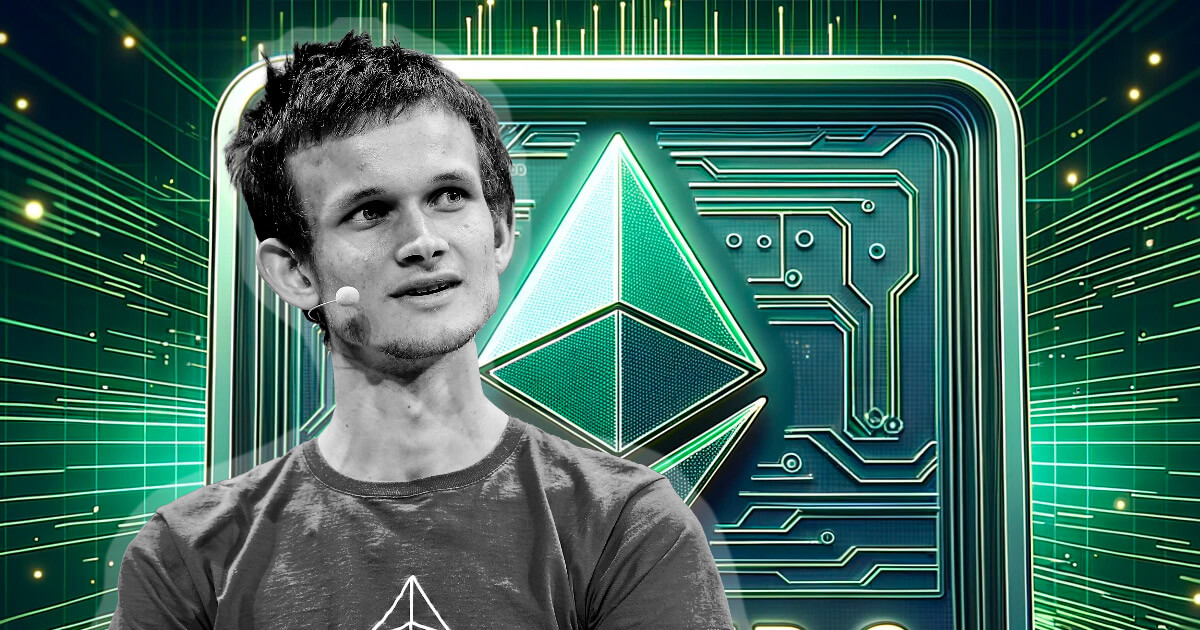
The Ethereum layer-2 ecosystem continues to broaden and diversify, in response to Ethereum co-founder Vitalik Buterin in a latest weblog submit. As new scaling options emerge, Buterin predicts growing heterogeneity in layer 2 designs based mostly on particular safety and price tradeoffs.
Rollups, validiums, sidechains, and different layer-2 constructions provide completely different balances between decentralization, safety, and scalability. Monetary purposes demand the best safety ensures, whereas social media and gaming can settle for some downtime in trade for decrease charges.
Buterin notes that initiatives transitioning from impartial layer-1s to Ethereum layer-2s will probably take a gradual, multi-stage method. Transferring all exercise to a rollup directly would harm usability, however ready too lengthy dangers lacking the chance. Centralized initiatives and area of interest layer 1s additionally need sufficient decentralization for added safety assurances with out sacrificing excessive throughput.
How differing layer-2s work together with Ethereum
Validiums depend on zero-knowledge proofs to make sure right computation with out storing all knowledge straight on Ethereum. This protects prices in comparison with rollups, however validiums face knowledge availability dangers if operators fail to make knowledge accessible. Rollups assure customers can all the time withdraw funds to the Ethereum mainnet.
Disconnected techniques like sidechains provide even decrease prices however require belief in a small set of validators. Hybrid approaches are additionally rising, similar to validiums that enable customers to pay for periodic Ethereum knowledge availability.
Buterin emphasizes the significance of exterior chains sustaining tight hyperlinks to Ethereum. This reduces safety dangers when bridging Ethereum-native property and permits shared account abstractions throughout chains.
Validating bridges can present validium-level safety, proving right state transitions. Nonetheless, dealing with edge circumstances like 51% of assaults requires a social dedication to coordinate upgrades. Studying Ethereum knowledge and reverting when Ethereum reverts can be vital. Chains that solely learn Ethereum’s finalized blocks keep away from some complexity however quit performance during times of low finality.
General, Buterin sees advantage throughout a spectrum of layer-2 designs. Purposes will proceed tailoring options to their particular safety, scalability, and decentralization wants. Nonetheless, sustaining connections to Ethereum supplies advantages whatever the structure. He believes that, as know-how progresses, initiatives can strengthen their ties to Ethereum in phases over time.

